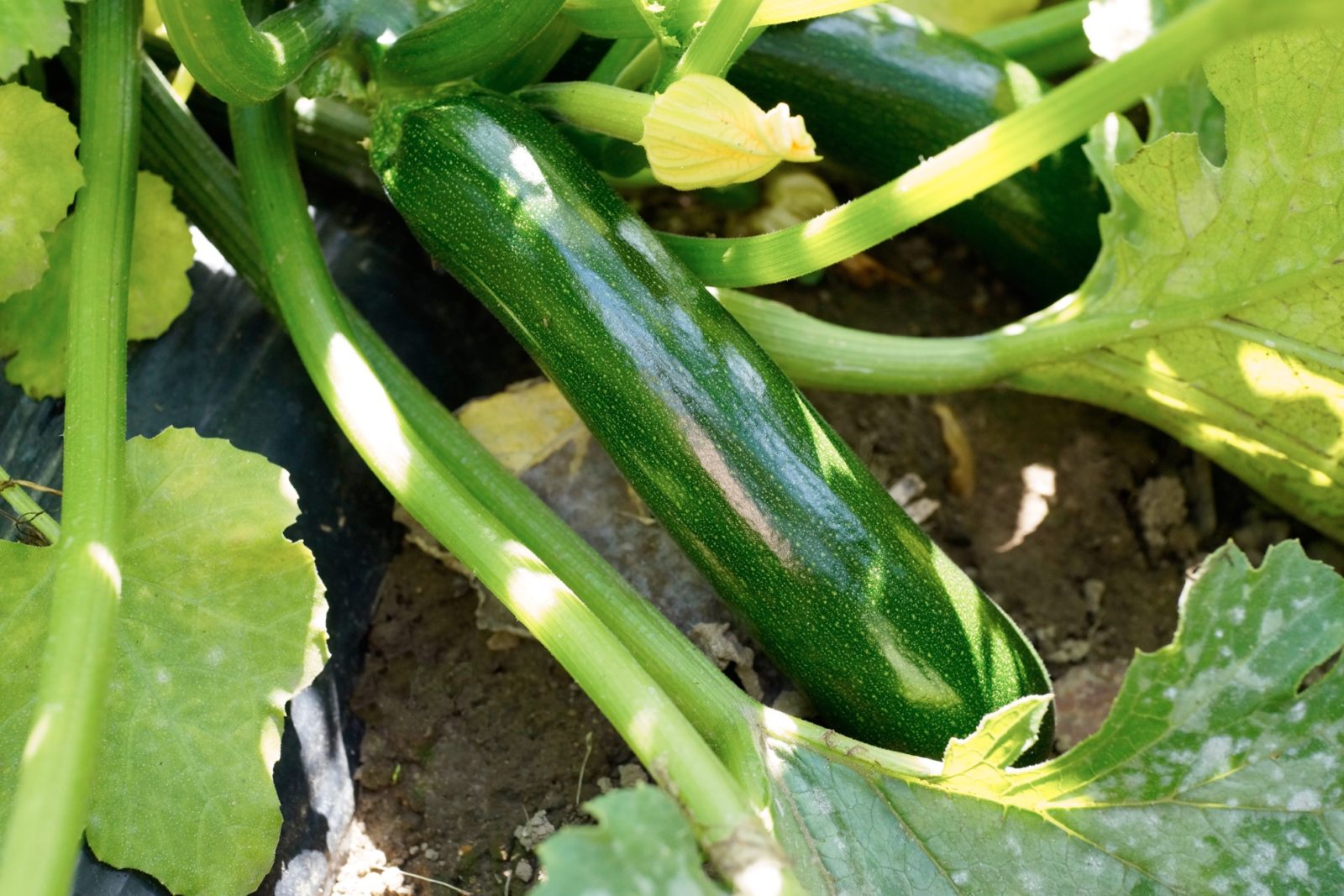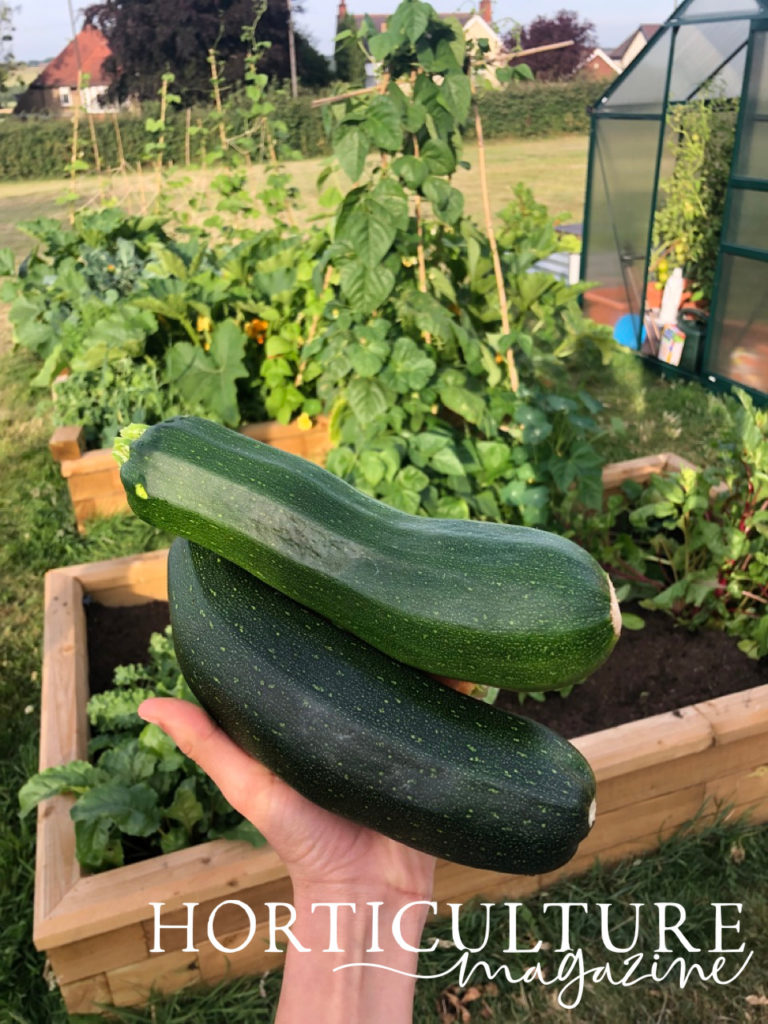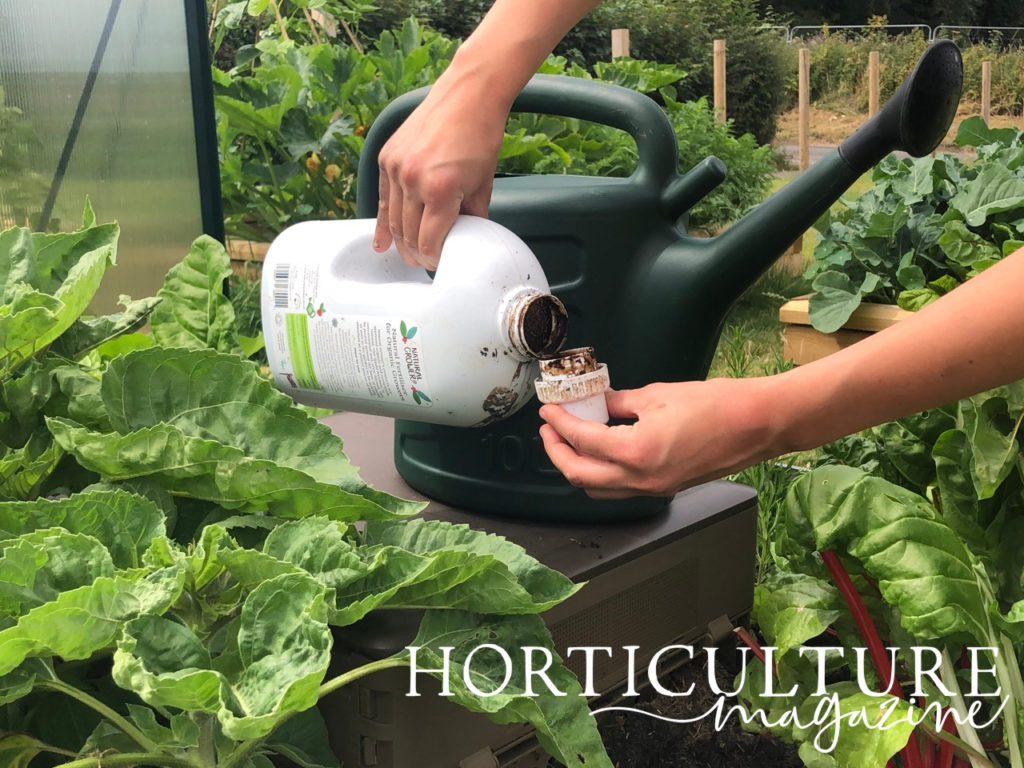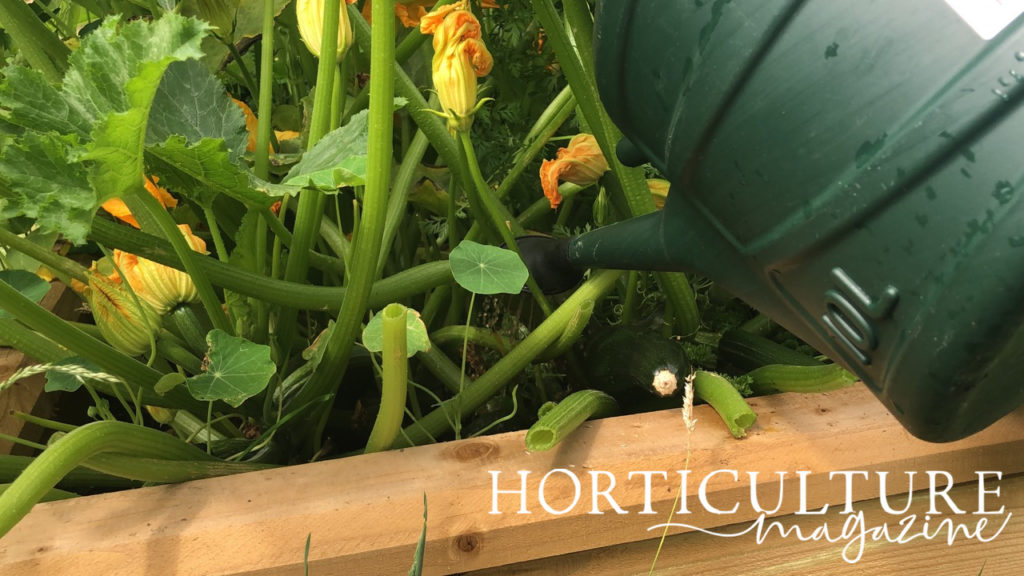For An Abundant Yield Keep Courgettes Well-Fed – And Use Potassium-Rich Mulch


Elizabeth is a Permaculture Garden Designer, Sustainability Consultant and Professional Writer, working as an advocate for positive change. She graduated from the University of St. Andrews with an MA in English and Philosophy and obtained a Diploma in Applied Permaculture Design from the Permaculture Association.
Reviewed By ROY NICOL

Roy is a Professional Gardener and Horticultural Consultant, specialising in large garden year-round maintenance and garden development. He is an RHS Master of Horticulture and uses his research in the application of no-dig methods in ornamental garden settings. Roy has been a Professional Gardener for more than six years and is a member of the Chartered Institute of Horticulture, Professional Gardener's Guild and Association of Professional Landscapers (Professional Gardener).
Contributions From EMILY CUPIT

Emily is a Gardening Writer, Photographer and Videographer from Derbyshire, UK. She is the Founder of Emily's Green Diary - a community of more than 75,000 people who share in her gardening journey.
IN THIS GUIDE
COURGETTE GUIDES
Disposal
Feeding
Harvesting
Courgettes are great for an abundant yield – providing a surprisingly large amount of food even from a single plant.
However, such productive plants can be particularly hungry and thirsty, so it is very important when growing courgettes to make sure that they are looked after.

You should provide them with a rich and fertile growing medium, water them well, and feed them throughout the growing season for the best yields.
To feed courgettes (and keep them well fed throughout their growth) in an organic garden:
- Plant courgettes in a rich and fertile soil or growing medium. Add plenty of homemade compost or some well-rotted manure upon planting – digging it into a hole made prior to planting, or using it as mulch around the plant.
- Grow peas, beans or other nitrogen-fixing plants as companion plants. (Along with other companion plants that help keep courgette plants healthy).
- Once the fruits begin to form on the plant, feed it every 10-14 days with a liquid organic plant feed that is high in potassium (such as comfrey tea or a proprietary tomato fertiliser).
- You can also consider adding an additional mulch of comfrey leaves or other potassium-rich organic material during the fruiting period.
Follow these steps for more in-depth guidelines:
1) Fertilise The Soil

Courgettes do need soil that has plenty of organic matter, and a healthy soil web.
Remember, providing good fertility levels and feeding the plants in your vegetable garden always comes back to the soil.
Traditionally, gardeners would often dig a hole in the area where they want to plant a courgette and fill this with homemade compost or a mix of soil and well-rotted manure, as Master Horticulturist Roy Nicol explains:
“This hole would be concave so that watering funnels water down to the roots of the plant; something courgettes love is plenty of water.”
You might also plant a courgette in an area where kitchen scraps have previously been composted in the ground.
In a no-dig garden, the soil is left as undisturbed as possible.
So rather than digging a larger hole when planting, it is usual to spread the organic matter as a mulch around the plant.
“In a no-dig soil, organic matter is taken down into the soil by earthworms and, together with other soil life, breaks it down into humus, an organic material which makes nutrients readily available to plants,” Roy explains.
“The no-dig approach is sustainable as it keeps carbon in the soil and reduces the need for chemical fertilisers.”
2) Consider Companion Plants

Since courgettes are hungry plants, it is important to think carefully about what is growing close by.
Peas and beans and other nitrogen-fixing plants can be good companions.
The degree to which the nitrogen they obtain from the air is made available to nearby plants is unknown.
But even so, choosing plants which cater to their own nitrogen needs (with the aid of bacteria in their roots) will retain nutrient availability in the soil for the hungry courgette plant.
3) Use A Liquid Plant Feed

Once the first fruits begin to form on your courgette plant, you should think about providing for the plant’s potassium needs.
Give the plant or plants a good drink of comfrey tea, or another organic, potassium-rich liquid plant feed every 10-14 days throughout the rest of the growing season.
4) Add A Potassium-Rich Mulch

You can also consider adding a mulch of comfrey leaves, or the leaves of other plants known to be dynamic accumulators of potassium (by storing it in their plant tissues and releasing this to the soil when chopped and dropped as a mulch).
